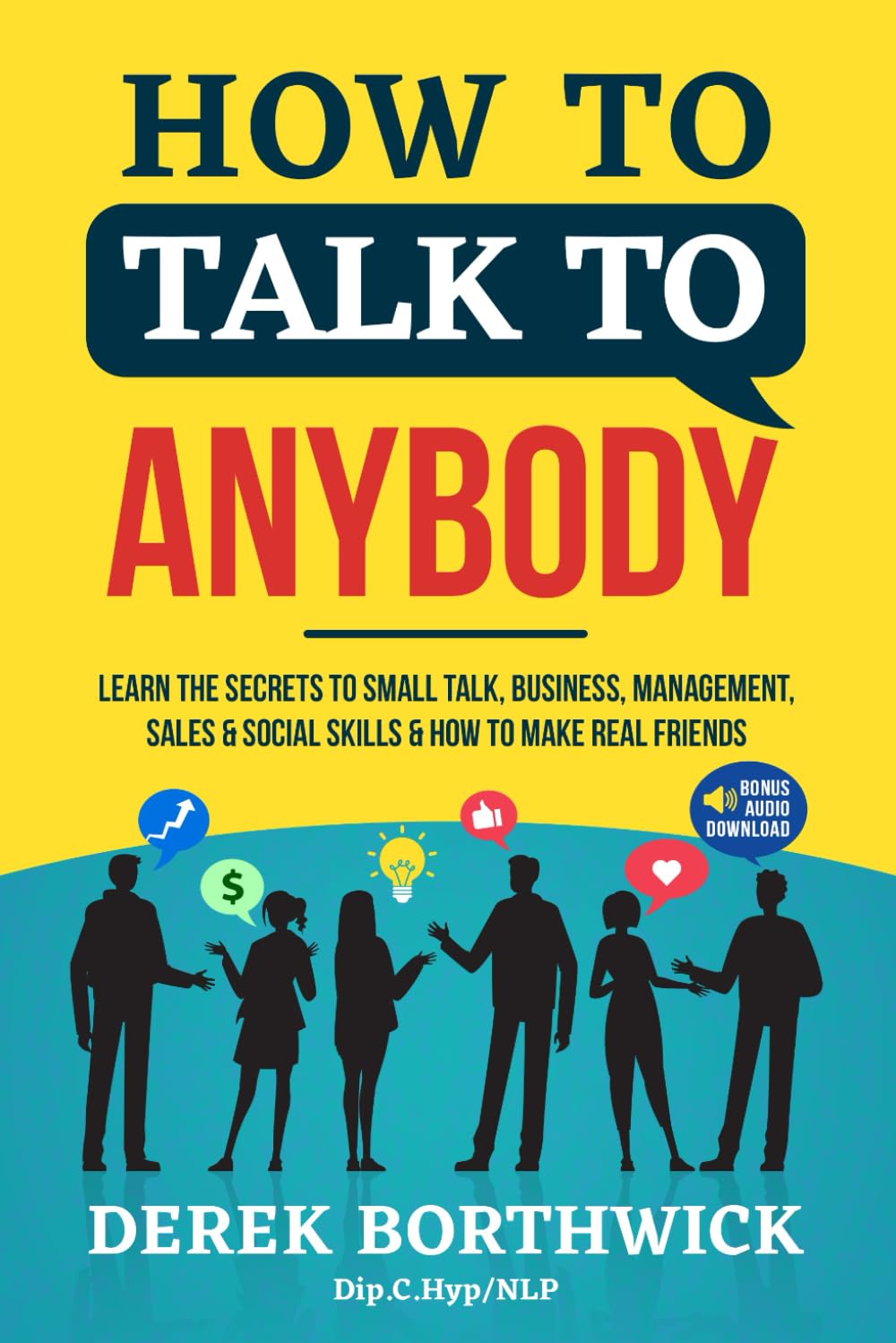I recently finished reading How to Talk to Anybody by Derek Borthwick, and I must say, it was quite an enlightening experience. I’ve always been drawn to books about personal development and communication, especially since they often have immediate applications in both my professional and personal lives. When I stumbled upon this title, the promise of learning a "hidden communication system" that could boost my persuasive and social skills piqued my curiosity.
Borthwick’s approach integrates fascinating elements from neuroscience and behavioral psychology, which I found particularly engaging. One of the standout points he makes is that our brains can’t differentiate between vividly imagined experiences and real-life occurrences. This was a revelation to me, as I’ve often recognized how my thoughts can create stress before a conversation or presentation, even when there was nothing to be anxious about. This concept, alongside the idea of brain plasticity, truly resonated. The author discusses how our perceptions shape our reality, and I appreciated the clear, relatable examples he provided.
However, while I found many of the insights deeply impactful, I can’t overlook some of the common criticisms from other readers. For instance, George Benaroya highlighted the book’s effectiveness at blending neuroscience with practical advice, but there were moments where I agreed with the sentiment expressed by some that parts of the book seemed a bit simplistic. Some instructions were indeed common sense, like remembering someone’s name. A few times, I felt as if I was reading advice that I could find in a basic etiquette guide.
On a more positive note, the practical tips for building rapport and handling difficult situations were invaluable. I particularly enjoyed the "echo technique," where one repeats what the other person has said. This strategy fosters a connection, making communication feel effortless and genuine. Additionally, the book offers fantastic advice for navigating high-pressure conversations. Learning to agree with someone and acknowledge their feelings before proposing a solution can genuinely transform a dialogue.
A notable aspect was the inclusion of the "Rapid Learning Accelerator Audio," which I used to reinforce the strategies discussed in the book. Listening to it became a nightly ritual that helped cement my learning. While some readers expressed skepticism about the audio companion, I found it to be an excellent addition that truly enhanced the experience. It made the process of learning more engaging and effective.
That said, I did encounter some grammatical errors that detracted from the overall reading experience, as mentioned by another reader, Earthling. It made me wonder about the editorial process and if the book had undergone proper proofreading before publishing. Such shortcomings sometimes hindered the clarity of important concepts. Nonetheless, this didn’t overshadow the overall value I found in the content.
In conclusion, How to Talk to Anybody exceeded my expectations in many ways, offering profound insights and practical strategies for improving communication skills. Despite its occasional simplifications and editorial flaws, the book’s strengths—like its engaging blend of neuroscience and actionable tips—make it a worthwhile read. Whether you’re in a business setting or aiming to enrich personal relationships, I would recommend this book to anyone eager to enhance their conversational abilities. It’s a commendable addition to the personal development genre that has equipped me with new tools to approach my interactions with greater confidence and charm.








